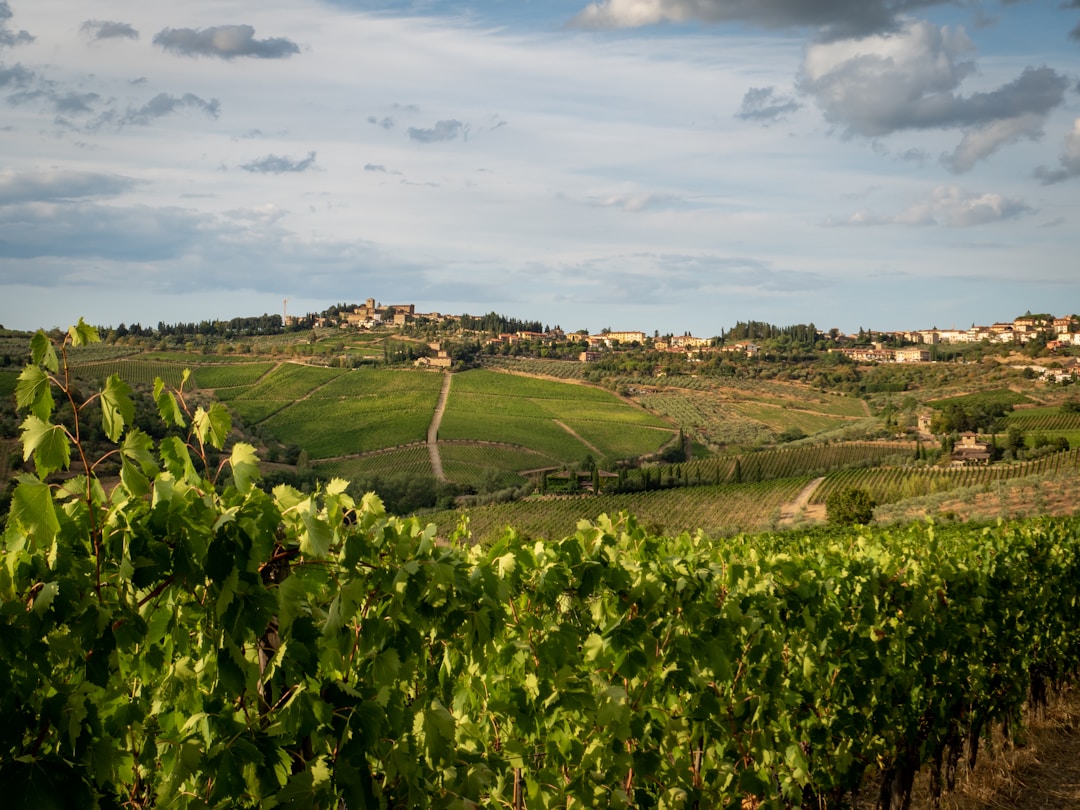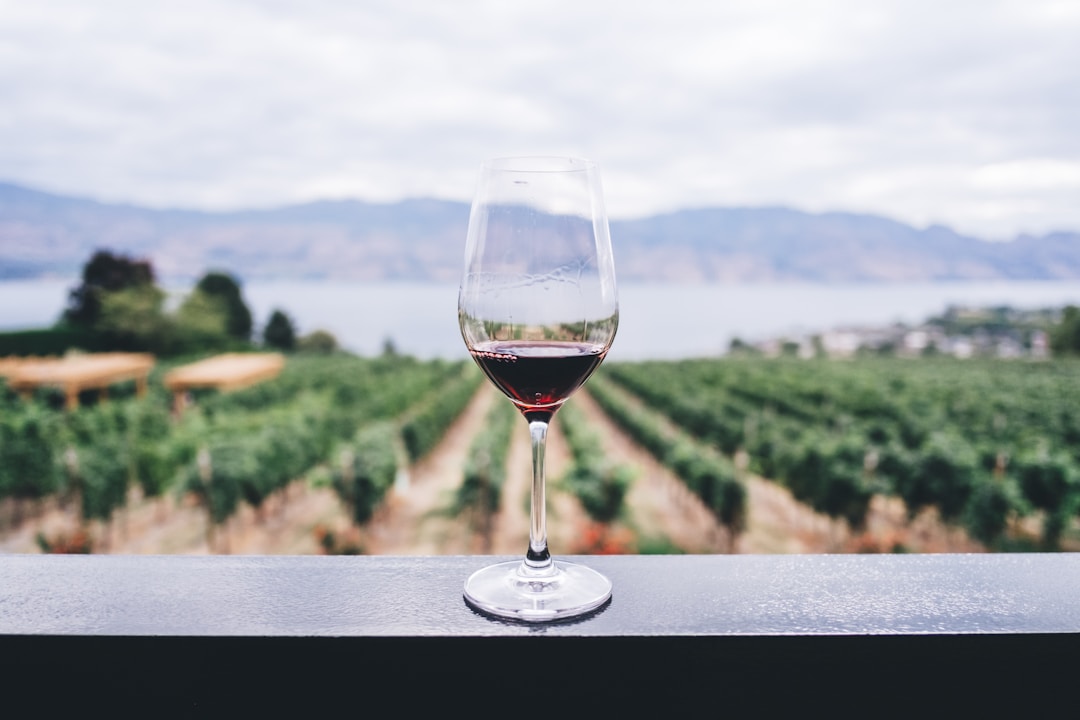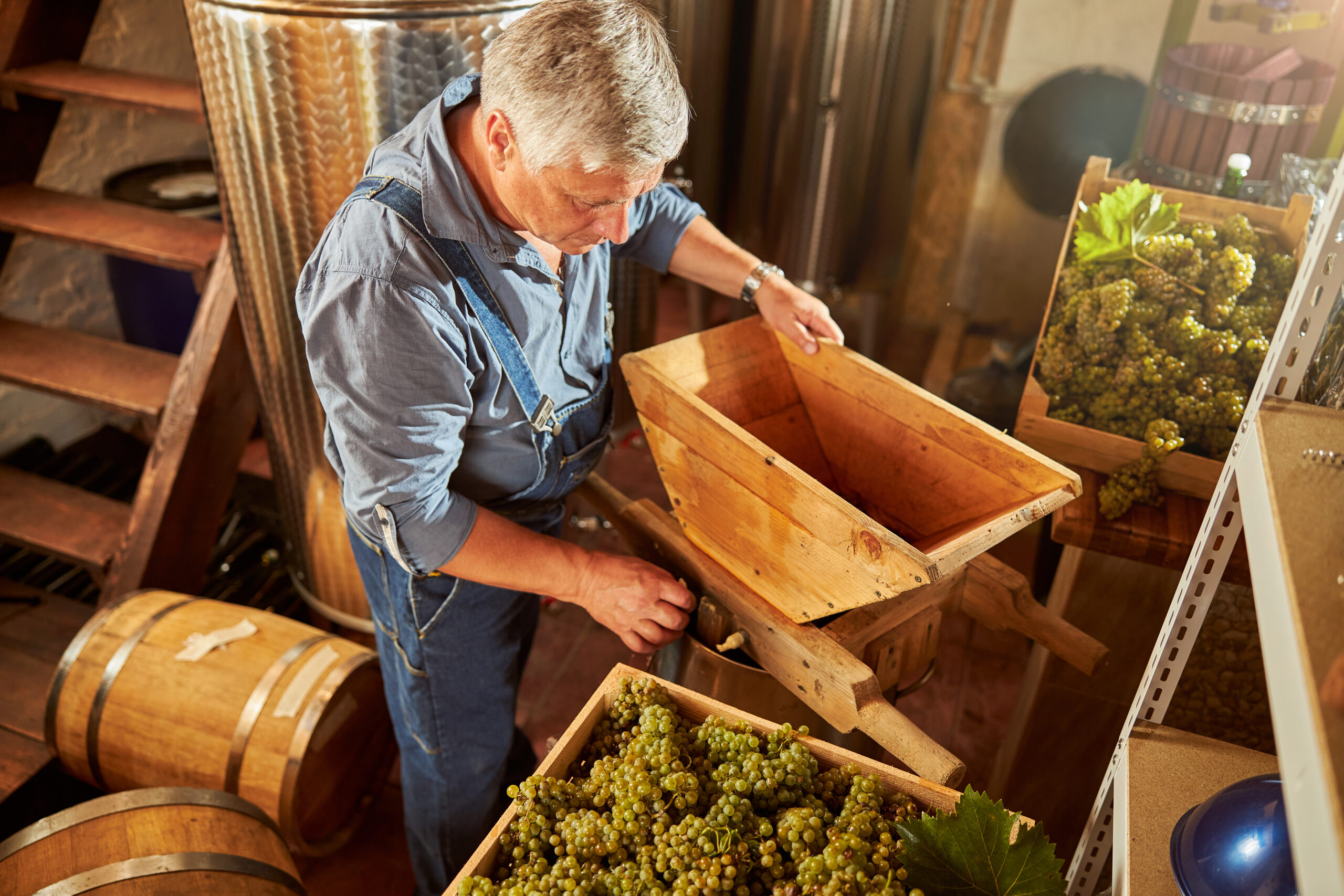The Science of Winemaking: From Grape to Glass
Winemaking is an art dating back thousands of years, and yet, its intricate processes continue to fascinate us. From the vineyards to the wineglass, each step is a crucial component of the magical transformation of a humble grape into a complex and delightful beverage. This journey, combining both ancient traditions and modern science, creates an exquisite array of white and red wine styles and flavors around the world.
The Birth of a Grape Wine

The journey of winemaking begins in the vineyard. Here, grapevines, nourished by the sun and soil, produce the juicy fruit that will eventually become a bottle of wine. Different grape varietals – such as Cabernet Sauvignon, Pinot Noir, or Chardonnay – produce wines of distinct flavors, textures, and colors. The influence of ‘terroir,’ the unique combination of geographical factors like soil type, climate, and sunlight, also greatly impacts the taste of the grapes. Winemakers, like the best chefs, work with the character of their ingredients, often guided by a sommelier certification that equips them with the knowledge and expertise needed to understand and manipulate these natural factors.
Grapes harvested at optimal ripeness are then crushed to release the juice, or ‘must.’ This crushing process can range from traditional foot stomping to modern mechanical presses, depending on the winery’s practices. This juice is then subject to fermentation—the transformational process where yeast consumes the sugars in the juice, producing alcohol and carbon dioxide. This is where the ‘magic’ happens, where the sweet grape juice morphs into the complex, intoxicating beverage we know as red or white wine.
The Art of Aging and Bottling
Post-fermentation, the grape wine undergoes a crucial phase of aging. This can occur in stainless steel tanks, but most often, especially for red wines, it happens in oak barrels. The choice of the aging method significantly affects the alcohol’s flavor. Oak barrels can imbue the red or white wine with flavors of vanilla, chocolate, or toast, and allow a subtle exchange of oxygen, softening the grape wine and rounding its flavors. The duration of aging can vary from a few months to several years.
Finally, the grape wine is bottled, often after undergoing a clarification process to remove sediments and ensure a clear, appealing product. This is a meticulous process, and wineries rely heavily on professional wine suppliers and distributors to provide high-quality materials, including bottles, corks, and labels that preserve the integrity of the drink and present it to the consumer in the best possible light.
The Significance of the Glass

But the journey doesn’t end with a bottle of wine. The experience of enjoying the drink is not just about the liquid itself, but also about how it is served and savored. The glass in which the drink is served can significantly affect the perception of the grape wine’s aromas and flavors. The shape of the glass can direct the red or white wine to specific areas of the tongue, emphasizing acidity, sweetness, or bitterness. The size of the bowl can also influence the release of red wine aromas, thus impacting the overall sensory experience.
While this might sound intimidating, don’t worry. Even for the casual red wine drinker, there are plenty of resources available, from wine enthusiast books to online classes, that can provide an introduction to the basics of red and white wine appreciation. And, if you are truly passionate about winemaking, you might even consider a sommelier certification to further deepen your understanding.
The journey from grape to glass is a fascinating process that combines tradition, science, and art in equal measures. The winemaker’s skill, guided by expert knowledge like sommelier certification, the careful selection of materials from white and red wine suppliers and distributors, and even the choice of the glass, all play a part in creating and enhancing the experience of each sip of grape wine. It is this intricate dance of elements that makes the world of wine so captivating and continually evolving, promising an exciting exploration for every wine lover.

